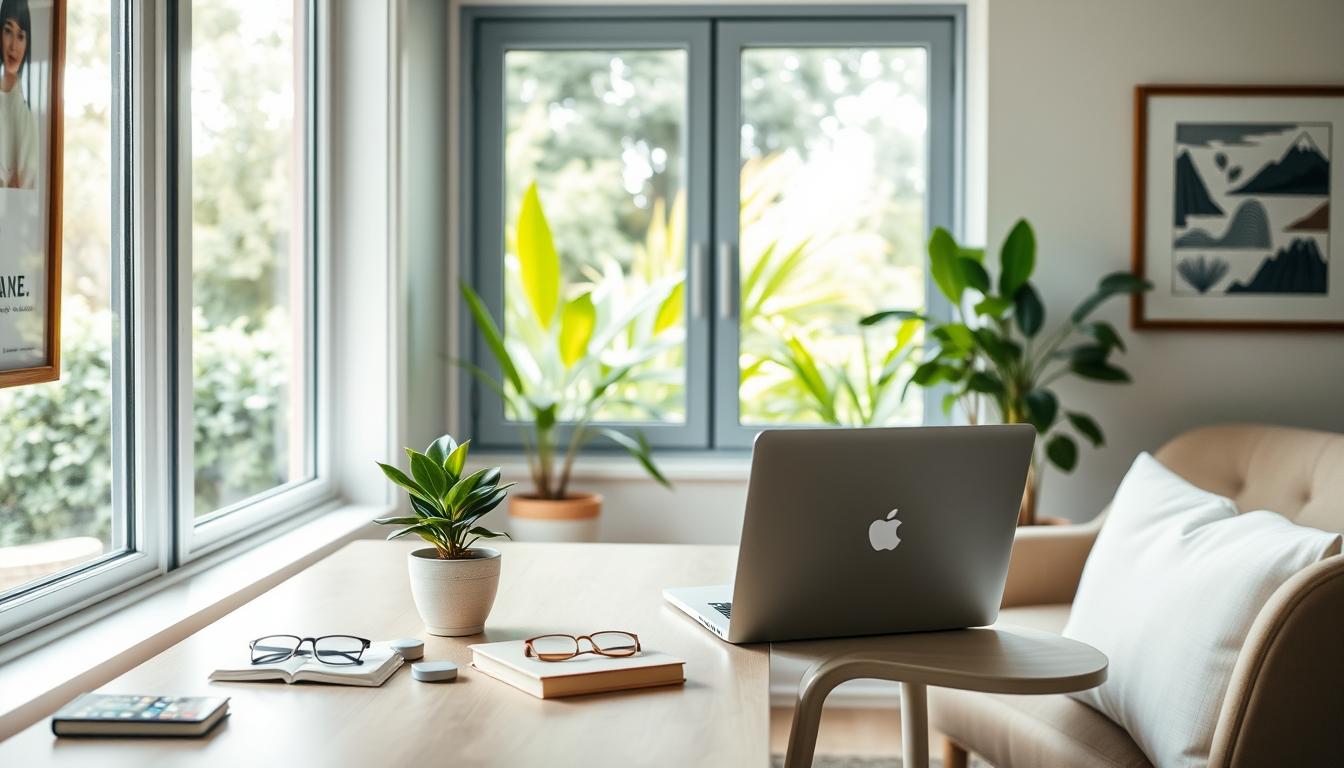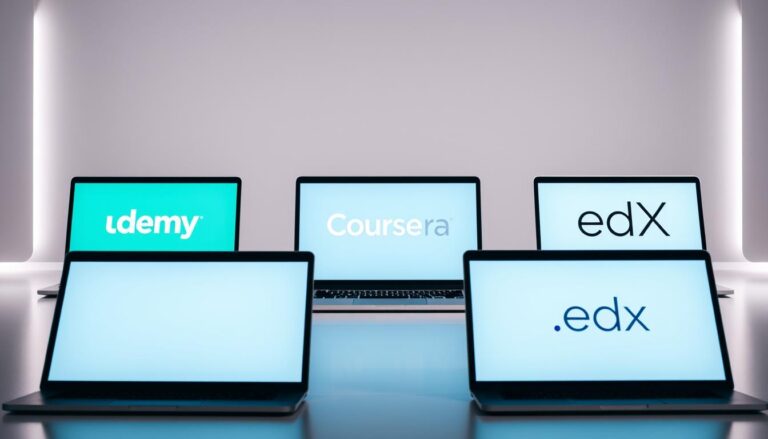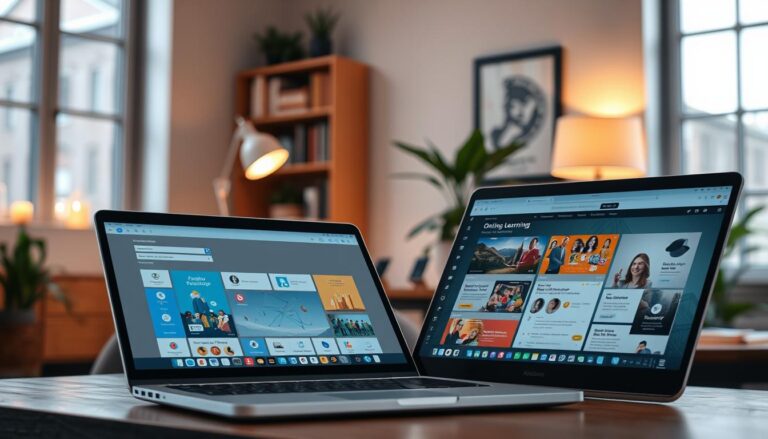How to Balance Screen Time When Learning Online
The rise of online education has led to increased concerns about excessive screen time among students. According to Connections Academy, research shows that not all screen time is equal, and understanding its impact is crucial.
Excessive screen time can lead to negative effects such as worse mental health, increased behavioral problems, and decreased academic performance. It’s essential to strike a balance between screen time and other activities to ensure students’ overall well-being.
By finding this balance, students can reap the benefits of learning online while maintaining a healthy lifestyle. Effective balance screen time is key to a successful online education experience.
The Digital Learning Dilemma
Digital learning, while offering numerous benefits, also presents a unique dilemma: how to manage screen time without hindering the learning process. The article from Connections Academy highlights the concerns of families regarding excessive screen time for their children in virtual schools. It emphasizes understanding the difference between productive and unproductive screen time.
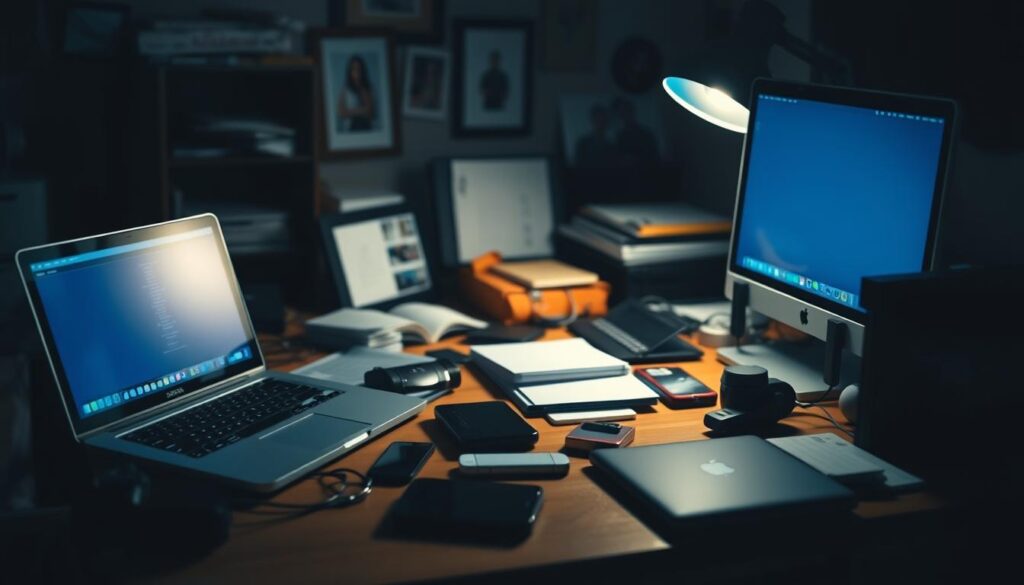
Productive screen time is associated with educational activities, such as online lessons, research, and interactive learning tools. In contrast, unproductive screen time involves activities like watching TV, playing non-educational games, or excessive social media browsing. Parents and students must differentiate between these two types to effectively manage screen time.
Developing self-regulation and time management skills is crucial in balancing screen time. By doing so, students can navigate the challenges of online learning while maintaining a healthy balance between screen time and other aspects of their lives.
Understanding the Impact of Excessive Screen Time
The impact of excessive screen time on students is a multifaceted issue that affects their health, behavior, and academic performance. Research has shown that excessive screen time is associated with a range of negative effects.
Physical and Mental Health Implications
Excessive screen time has been linked to various physical and mental health issues. According to the Connections Academy article, excessive screen time can lead to worse mental health, increased behavioral problems, and decreased academic performance. The American Academy of Child and Adolescent Psychiatry’s fact sheet also highlights the risks associated with too much screen time, including obesity, sleep deprivation, and mental health concerns.
Monitoring screen time is crucial to prevent these negative effects. By being aware of the potential risks, parents and educators can take steps to limit screen time and promote healthier habits among students. This includes encouraging physical activity, setting screen-free zones, and promoting educational content.
Understanding the impact of excessive screen time is the first step towards creating a healthier balance between screen time and other aspects of students’ lives. By acknowledging the potential risks and taking proactive measures, we can mitigate the negative effects and support the overall well-being of students.
How to Balance Screen Time When Learning Online: Core Strategies
To maintain a healthy balance between screen time and other aspects of life, severalcore strategiescan be employed when learning online. First, it’s essential to determine when, where, and how screens are used. This involves setting clear boundaries and being intentional about screen time.
Being selective about the content consumed during online learning is another crucial aspect. This means choosing high-quality educational resources and avoiding unnecessary digital distractions. By doing so, learners can maximize the benefits of their screen time.
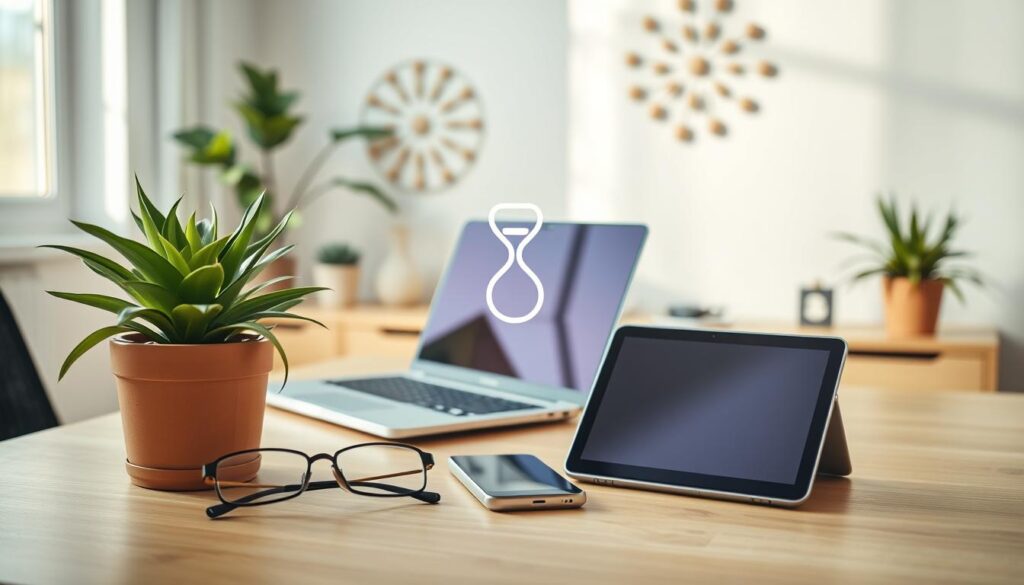
Setting breaks for screen-free moments is also vital. Regular intervals of physical activity or relaxation can help mitigate the negative effects of prolonged screen time. Furthermore, designating screen-free zones and times, such as during meals or before bed, can contribute to a healthier balance.
Encouraging Physical Activity and Other Offline Activities
Encouraging physical activity and other offline activities is a key component of balancing screen time. This can include outdoor play, reading, or socializing with friends and family. By maintaining a diverse range of activities, individuals can ensure that their online learning is complemented by a well-rounded lifestyle.
By implementing these core strategies, learners can effectively balance their screen time while engaging in online learning. This balance is crucial for maintaining physical and mental health, as well as achieving academic success in the digital age.
Creating an Ergonomic Learning Environment
Setting up an ergonomic learning environment is a critical step in promoting healthy digital habits among students. A well-designed learning space can significantly enhance the online learning experience.
A conducive learning environment is free from distractions and promotes comfort. To achieve this, consider the following elements: proper lighting, comfortable seating, and minimal noise levels. Ensuring that the learning space is well-lit, either naturally or through appropriate lighting fixtures, can reduce eye strain.
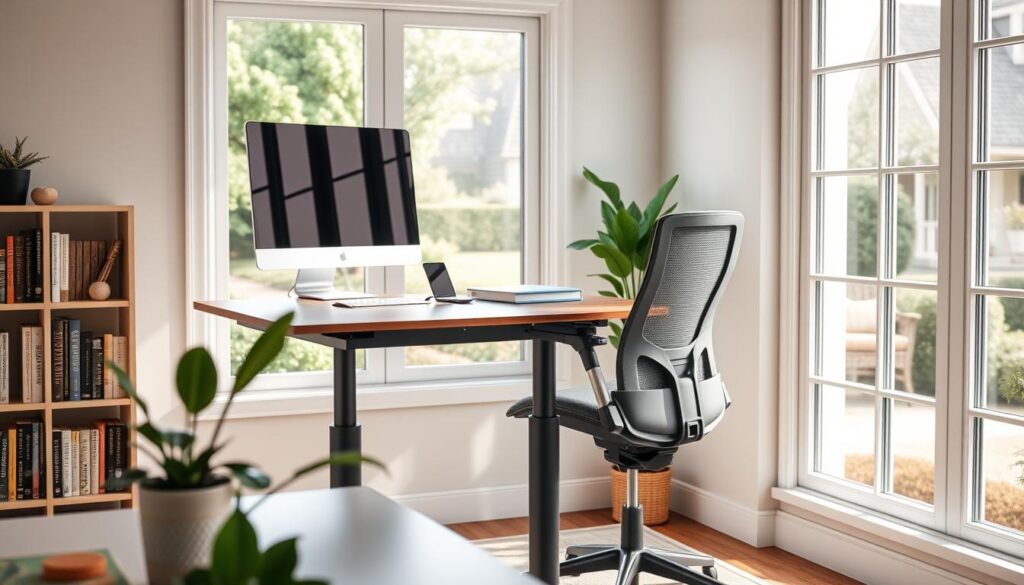
In addition to physical comfort, an ergonomic learning environment also involves organizing digital resources efficiently. This includes having a reliable internet connection, using a comfortable keyboard and mouse, and ensuring that the computer screen is at an appropriate distance.
By creating an ergonomic learning environment, students can stay focused and engaged during online learning sessions. This, in turn, can lead to better academic performance and a more enjoyable learning experience.
Digital Tools to Monitor and Limit Screen Time
In today’s digital age, leveraging the right digital tools can significantly enhance screen time management. With the rise of online learning, it’s become increasingly important to monitor and limit screen time to ensure a healthy balance between digital and other activities.
One effective way to manage screen time is by utilizing parental control tools. Apps like Qustodio offer comprehensive solutions to monitor screen time, set screen-free times and zones, and track online activities. These tools provide insights into how much time is spent on different applications and websites, helping to identify areas where screen time can be reduced.
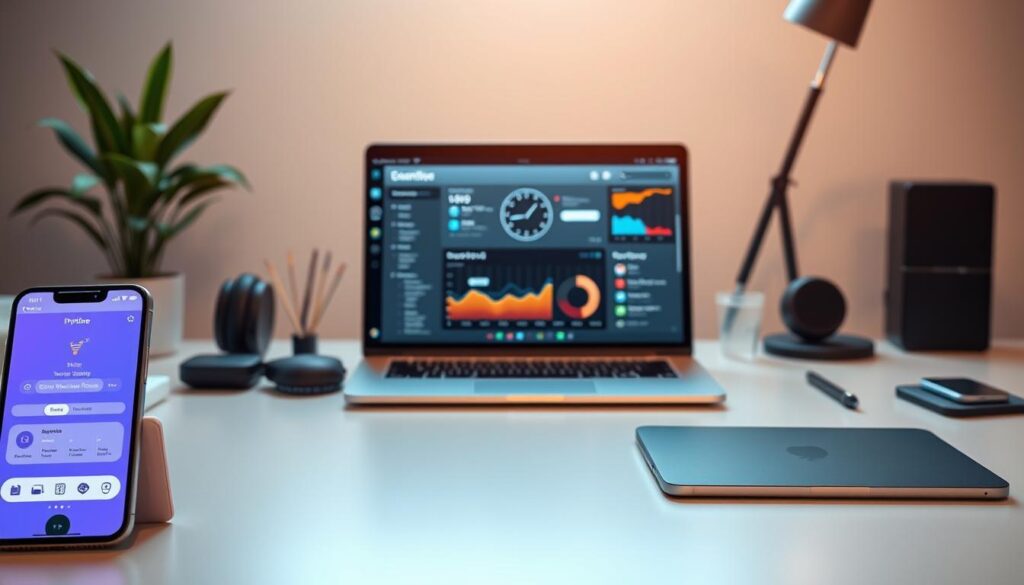
Setting up screen-free times and zones is another strategy to promote healthy digital habits. For instance, designating the dinner table or bedrooms as screen-free zones can significantly reduce overall screen time. Additionally, setting specific times for screen use, such as during focused study sessions, can help maintain a balance.
To effectively utilize these digital tools, it’s crucial to set clear goals and limits. Parents and learners can work together to establish screen time budgets and schedules, ensuring that screen time does not interfere with physical activity, socializing, or rest. Regularly reviewing screen time reports provided by these tools can also help in making informed decisions about screen time management.
By combining the right digital tools with a disciplined approach to screen time, learners can enjoy the benefits of online learning while maintaining a healthy lifestyle.
Developing a Sustainable Screen Time Routine
To achieve a healthy balance between screen time and other activities, a sustainable routine is essential. This involves not just limiting the time spent on screens but also ensuring that the time is used effectively for online learning.
Involving children in setting age-appropriate limits on screen time can be highly beneficial. It not only teaches them about responsibility but also helps them understand the importance of balancing screen time with other activities.Establishing screen-free times and zones, such as during meals or in bedrooms, can significantly reduce unnecessary screen time.Being a good role model is crucial in promoting healthy screen time habits. Children often mimic the behavior of adults, so it’s essential to demonstrate responsible screen use. By limiting your own screen time and engaging in other activities, you can show children the value of a balanced lifestyle.
Creating a schedule that includes dedicated time for online learning, physical activity, and screen-free time can help in developing a sustainable screen time routine. It’s also important to monitor and adjust this routine as needed to ensure it remains effective.
By adopting these strategies, families can promote healthy screen time habits that support online learning and overall well-being. A sustainable screen time routine is key to maintaining a healthy digital lifestyle.
Conclusion
As online learning continues to grow, finding a balance between screen time and other aspects of life is crucial. By implementing the strategies outlined in this article, individuals can maintain healthy digital habits and optimize their online learning experience.
Moderation and self-care are essential in achieving a balance between screen time and overall well-being. By being mindful of screen time and taking regular breaks, individuals can reduce the risk of eye strain, fatigue, and other negative effects associated with excessive screen time.
By promoting healthy screen time habits and creating a sustainable routine, individuals can ensure a successful and healthy online learning experience. This involves being intentional with digital tools, creating an ergonomic learning environment, and monitoring screen time to maintain a healthy balance.

